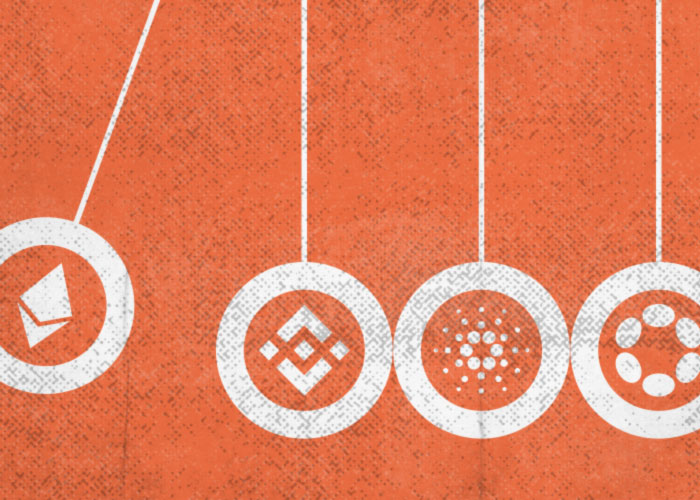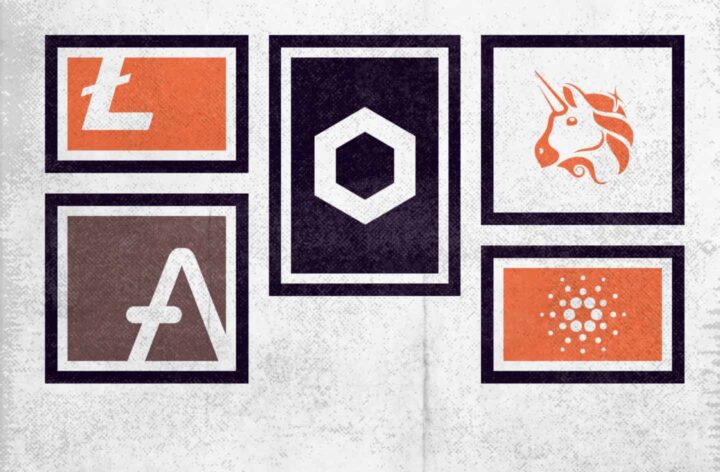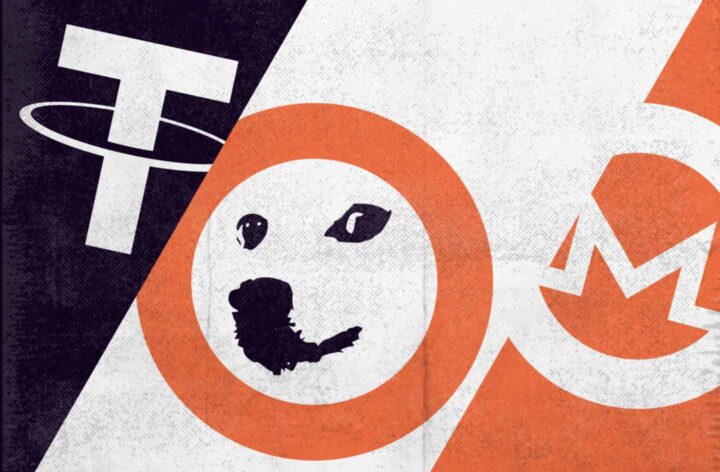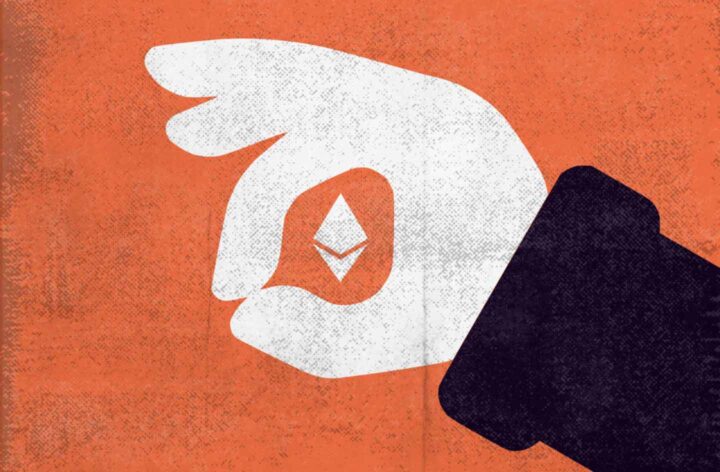Altcoins: Definition, Types, and Purposes

What Are Altcoins?

An altcoin is any cryptocurrency that appeared after Bitcoin. The term is derived by combining the words “alternative” and “coin.” An altcoin literally means an “alternative coin.” According to CoinMarketCap, there are over 23,000 cryptocurrencies as of early April 2023, all of which, except Bitcoin, are altcoins.
The first altcoin is Namecoin (NMC). It was created in April 2011 as a fork of the Bitcoin network to register domain names in a decentralized network. Ethereum is the most popular altcoin, occupying more than 19% of the total market.
One can say that altcoins are an improved version of Bitcoin. When the success of the first cryptocurrency became evident, lots of enthusiasts started to create their own coins, modifying the original idea.
The number of altcoins is constantly increasing, but it’s worth noting that there’s a large percentage of useless coins created for speculation or scams — they’re called shitcoins. Such cryptocurrencies may not differ much from each other, but each new coin, which claims to have some value, must be useful and solve specific problems.
Though altcoins and Bitcoin are based on blockchain, they differ in many ways. The main difference is the consensus algorithms underlying the operation of a particular blockchain network. Moreover, the software capabilities of the cryptocurrency core of different projects can vary significantly and affect the functionality of the infrastructure that emerges around these blockchain networks. For instance, smart contracts on the Bitcoin network have very limited capabilities, while the Ethereum developers managed to create a complete decentralized software environment that enables complex decentralized apps to run.
Types of Altcoins

All altcoins can be roughly divided into several major types, taking into account the principle of their creation, the mechanism of operation, and other features:
- Stablecoins. Cryptocurrencies whose value is tied to other, less volatile assets, such as fiat currency, gold, etc.
- Meme coins. These are digital assets based on popular Internet memes. The largest meme coin is Dogecoin (DOGE), one of the top 10 cryptocurrencies in terms of capitalization.
- Private cryptocurrencies. These altcoins focus on providing a higher level of anonymity and transaction privacy. Examples are Monero (XMR), Zcash (ZEC), and Dash (DASH).
You can divide altcoins by the type of token:
- Native tokens. Basically, these are internal cryptocurrencies of blockchain networks, which provide the operation and maintenance of the network, being an integral part of the blockchain ecosystem. These are BTC and ETH.
- Utility tokens. These assets are designed for internal use within a specific cryptocurrency platform or ecosystem. They enable access to the project’s products, services, or functionality. An example of such an altcoin is Binance Coin (BNB).
There are also governance tokens, security tokens, DeFi tokens, credit tokens, commodity tokens, and other types of tokenized assets, as well as many other kinds of digital assets that can be called altcoins. Interestingly, such a division isn’t academic but occurs on a factual basis, so other “classification systems” for altcoins can be found online as there’s no single universally accepted standard on the matter.
The Most Popular Altcoins

Let’s take a look at some popular altcoins and the main functions they perform:
- ETH. Within Ethereum, as with other networks based on the Proof-of-Stake (PoS) consensus algorithm, the altcoin is sent to staking by validators to give them the right to process transactions and create and validate blocks. The token is also used to pay intranet commissions and is the primary token for multiple decentralized apps.
- BNB. The main token of the Binance crypto ecosystem, which is used for staking, cryptocurrency exchange fees, participation in Initial Exchange Offerings (IEO), and other Binance services.
- ADA. The Cardano network’s altcoin, which is used for staking, paying transaction fees on the network, and participating in the platform’s management processes.
- DOT. A token of the Polkadot multichain protocol that is needed for staking, securing the network, participating in project management votes, and for creating new parachains.
- LINK. Chainlink is a decentralized oracle that gives smart contracts access to real data and various APIs, and the LINK token is used to pay for providing information, staking, and participating in votes on project development.
- UNI. The token is used to manage the decentralized crypto exchange Uniswap, gives the right to vote on development proposals for the platform, and gives rewards for providing liquidity.
- AAVE. The altcoin enables participation in the management of the decentralized credit platform AAVE, staking, and gives rewards for providing liquidity or loans.
As you may have noticed, the functions of altcoins in practice end up being quite similar — they’re used for staking and processing transactions, paying commissions within the network, granting the right to participate in project development, providing liquidity and other forms of income, and accessing the specific services of a particular protocol or ecosystem. In addition, all altcoins that have at least some value are used as a means of payment and exchange and for speculation in the cryptocurrency market.
Each altcoin has certain advantages over its peers, but Bitcoin still dominates in popularity, community trust, and capitalization levels. This is largely due to historical reasons. BTC is a pioneer, a sort of brand with which many people still associate the term “cryptocurrency.” But it’s quite possible that in the coming years, existing or just developing altcoins will catch up with BTC in popularity and demand and finally make it a worthy competitor in the cryptocurrency market.











